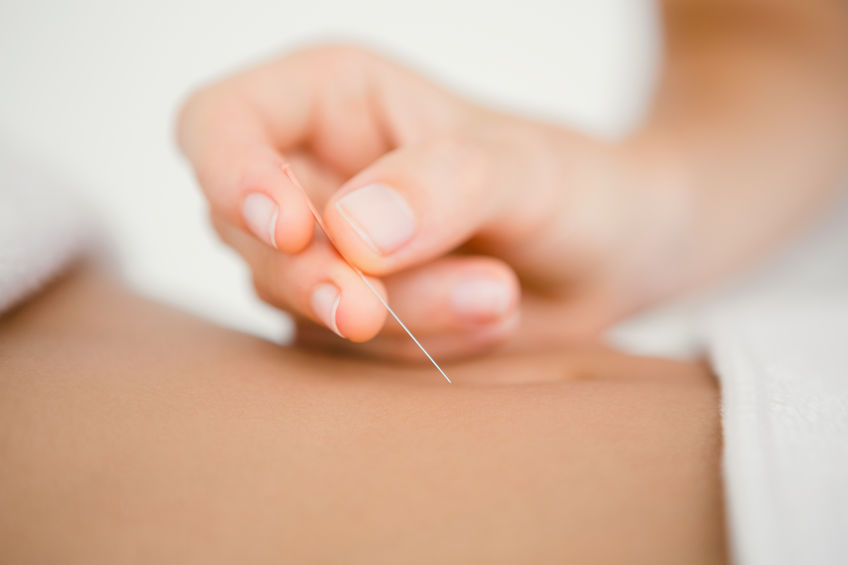Asthma affects around one in every thirteen Americans, including 8% of adults and 7% of children. That’s 25 million people in the United States. The ” hygiene hypothesis,” which states that over-sanitizing a child’s surroundings might lead to diminished disease resistance and immunological function, is mostly to blame for the rise in allergies and asthma. Poor nutrition as a result of the Standard American Diet, an increase in airborne pollens, urban air pollution, energy-proofing of indoor home and work spaces, and the misuse of antibiotics could all be contributing factors.
Asthma can be treated in a variety of methods, the most common of which is with traditional drugs and therapies, which can be used for short or long periods of time.
Short-term asthma treatment comprises using inhalers and orally delivered medications, as well as nebulizer therapy, to provide immediate relief from asthma episodes. Long-term asthma treatment entails more parallel therapy and less medication use. Environmental components and surrounding analyses are carried out in parallel with asthma treatment to reduce the elements that cause asthma attacks. Pollen grains, allergens, and other potentially harmful substances are removed from the patient’s environment in this type of treatment to reduce the risk of an asthma attack.
Thorough cleaning of the patient’s home, minimal to no contact with hair or feathered pets, weekly hot water washing of bedding, and avoiding synthetic materials, upholstery, and carpet in the home when possible are all techniques used. The point is to reduce dust particles that may cause problems for the asthma patient.
Medicines such as corticosteroids and bronchodilators are also often used as part of most people’s asthma treatment regimen.
While having a clean house and limiting dust and allergens can assist, they don’t treat the underlying imbalances in the body, and many of the traditional asthma drugs have undesirable side effects, such as:
- Osteoporosis
- Weight gain
- Increased heart rate
- Headache
- Anxiety
- Nervousness or tremors
- Decreased resistance to infection
- Dizziness
- Rash
- Changes in mood
- Muscle weakness
- Blurred vision
- Increased appetite
- Easy bruising
- Fungal infections of the throat
- Increased growth of body hair
- Difficulty sleeping
- Water retention
- Stomach irritation
- and more!
This is where holistic alternatives like acupuncture can offer hope!

Both eastern and western countries have employed acupuncture to treat asthma. Acupuncture has been shown in studies to alleviate asthma symptoms, enhance lung function, and reduce drug usage.
Acupuncture’s anti-inflammatory effects have been found to aid in the prevention and treatment of asthma. Acupuncture has been demonstrated to influence the hypothalamic–pituitary–adrenal axis, block inflammatory cells and mediators, improve airway remodeling, and modulate Th1/Th2 balance.
In one study, acupuncture treatment lowered “respiratory resistance,” which helped to open up the bronchial passages. A systematic evaluation of nine research studies including patients who used TCM as a complementary therapy in addition to conventional treatment found that acupuncture improved asthma symptoms generally and that it should be considered as a drug adjunct.
Get relief with acupuncture – book a Vero Beach acupuncture appointment now!
